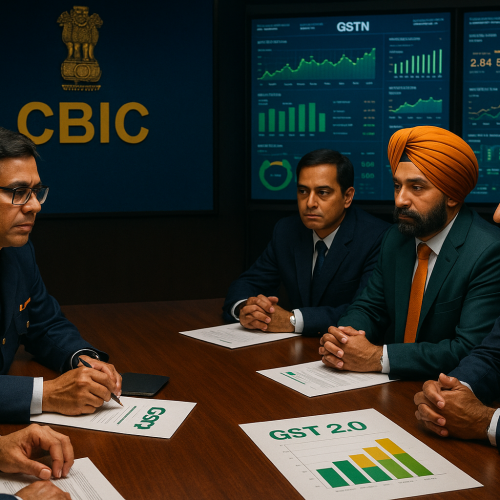India’s booming fintech sector is increasingly becoming the lender of choice for young, digital-first borrowers, according to a new report by the Fintech Association for Consumer Empowerment (FACE)—a self-regulatory body recognized by the Reserve Bank of India. The report, analyzing credit bureau data from April 2018 to March 2025, reveals that 66% of loans by value sanctioned by fintech NBFCs went to individuals aged under 35. This underscores the sector’s pivotal role in driving youth financial inclusion and digital credit access.
Background and Context
The FACE report sheds light on how fintech lending has transformed India’s personal loan landscape by catering to previously underserved market segments—especially young individuals and residents of Tier III towns and beyond. While fintechs contribute just 12% of the personal loan market by value, they dominate in terms of volume, issuing over 74% of personal loan transactions.
This growth aligns with RBI’s digital lending guidelines and the push for responsible innovation through self-regulation, ushering in more transparency, accessibility, and consumer trust in the digital lending ecosystem.
Key Report Highlights
| Metric | Value |
|---|---|
| Loan Volume | 10.9 crore personal loans |
| Sanctioned Value (FY 18–25) | ₹1,06,548 crore |
| Outstanding Loan Value (Mar 2025) | ₹73,311 crore |
| Sanction Growth (FY24–25) | 11% (value), 22% (volume) |
| Average Ticket Size | ₹9,786 |
| Loans > ₹50,000 | 46% (by value) |
| Borrowers with 5+ Years Credit History | 56% |
| Mid-to-Low Risk Borrowers | 59% |
| Loans to Women | 16% (by value) |
| Loans in Tier III+ towns | 39% of sanction volume |
Youth-Centric Lending Landscape
The data highlights that millennials and Gen Z borrowers are the primary drivers of fintech loan demand. Easy access, smaller ticket sizes, and fully digital processes have made fintechs especially appealing to this demographic.
Sugandh, CEO of FACE, commented:
“The report shows assorted offerings across ticket sizes, demographics, and bureau risk profiles make FinTechs the preferred choice for borrowers. The reach of FinTechs among the young demographic in Tier III and beyond is a key driver of inclusive and resilient economic growth.”
Fintechs Expanding Beyond Metros
While metro cities still contribute a significant share, fintechs are rapidly penetrating rural and semi-urban areas. 39% of sanctioned loans originated in Tier III towns and beyond, indicating strong adoption of digital credit platforms in emerging India. This geographical expansion reflects both financial inclusion efforts and the scalability of digital infrastructure.
Risk, Creditworthiness, and Innovation
Contrary to popular belief that fintechs cater primarily to high-risk customers, the report notes:
-
56% of borrowers had a credit bureau vintage of 5+ years
-
59% of loans were extended to mid-to-low risk profiles
This suggests that fintechs are maturing in their credit underwriting, balancing accessibility with risk-adjusted lending models.
Gender Participation Still Lags
Women accounted for 16% of the sanctioned loan value, indicating that gender disparity in digital credit persists. While this represents a slight improvement, the gap suggests targeted efforts are needed to drive higher female participation, particularly in conservative or digitally underpenetrated regions.
FACE’s Vision and Industry Outlook
The report positions fintechs as key enablers of customized, customer-centric digital credit, anchored by strong regulatory frameworks and self-regulation standards. As consumer credit behavior evolves, fintechs are expected to:
-
Expand into SME and rural lending
-
Innovate around credit scoring, personalization, and fraud prevention
-
Deepen embedded finance offerings via e-commerce and lifestyle apps
Conclusion
With 66% of loan value directed at borrowers under 35, fintechs are redefining how credit is accessed and consumed in India. Their youth-centric, digital-first, and inclusive approach is bridging credit gaps and helping millions navigate their economic journeys. As regulatory frameworks mature and fintechs evolve, their role in shaping the future of India’s credit ecosystem will only deepen.












